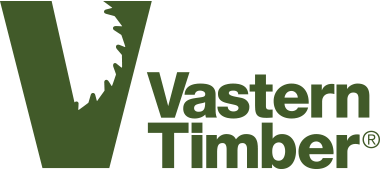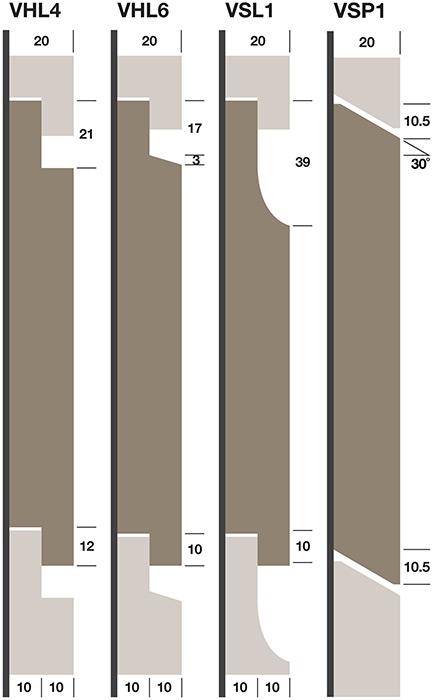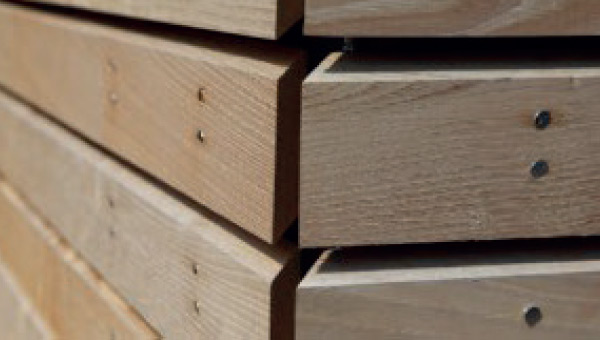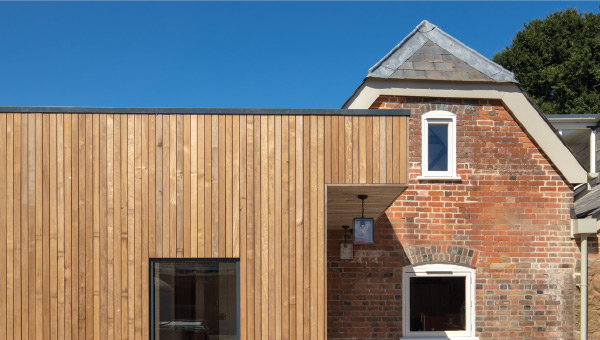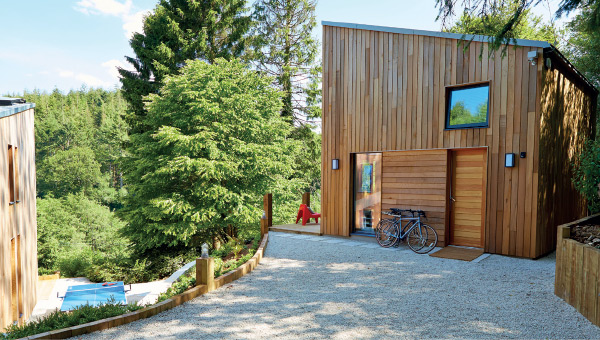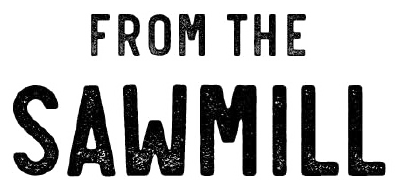Oak Cladding
Being both durable and tough, oak has long been a favourite choice for hardwood cladding. Oak cladding boards are selected for limited knot content and are supplied as random lengths or as finger-jointed boards.
Style
Traditional
Profiles
Halflap, shiplap and splayed
Source
UK and France
Beware
Instability and tannin
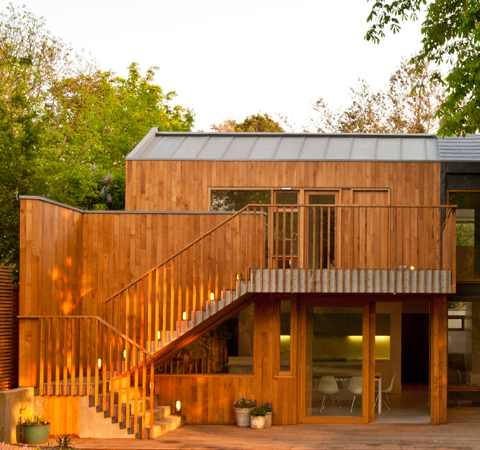
Oak Cladding
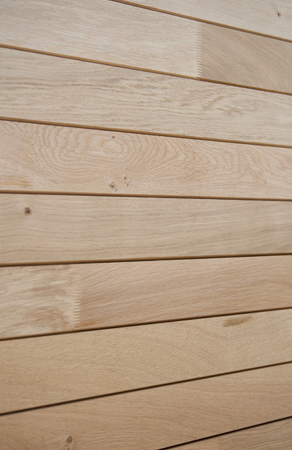
Oak Cladding
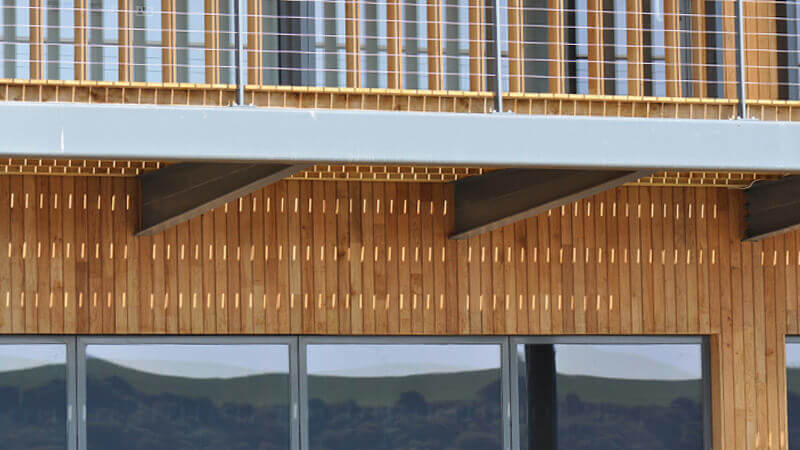
Oak Cladding
Oak Cladding Features
The majority of our oak is sourced from well-managed local woodlands in the south of England, but due to limited supplies, we do also select oak logs from French forests. We personally inspect all of the logs that we purchase and the woodlands in which they grow.
We select oak boards that are of a suitable quality for timber cladding. These boards will contain only limited knots and will have a relatively straight grain to reduce the chance of distortion once in situ. Once selected we dry the oak boards to 16 – 20% moisture to minimise any shrinkage.
We offer oak cladding in a choice of two length formats, either in solid random lengths (1.8 – 3.5mt+) or in 4.0mt finger jointed lengths. Jointed oak boards are created by mechanically bonding a number of shorter lengths together, which allows us to utilise shorter lengths of oak, reducing the waste in our sawmills.
Oak contains a high tannin content. During the first few months after installation of the cladding, tannin will exude from the boards, resulting in streaks and stains. Tannin will react with and corrode any ferrous metal.
Call us to discuss your project
Specifications
Oak cladding from Vastern Timber
- British / European oak
- Quercus robur
- Legal and well-managed forests in England, Wales and France
- Supplied by Vastern Timber (sales@vastern.co.uk)
- Grade: Grade B BS1186-3 1990 Class 2 / EN942:2007 J30
- Random lengths 1.8mt – 3.6mt +, allowing small % down to 1.5mt Or Jointed at 4.0mt allowing for a small % of cutbacks
- Available in various profiles
- Supplied dried to 16 – 20%
- Durability EN350-2 Moderately Durable. Class 3
- Supplied uncoated. No treatment required.
Characteristics
Appearance
The colour of oak is quite variable, ranging between pale yellow and light brown. The variation is more pronounced on the finger-jointed boards and zigzag joints are noticeable. Oak cladding boards will contain small pin knots and tight knots up to approximately 30mm.
Finger-jointed boards will include noticeable zigzag joints at intervals of 400 to 900mm.
Weathering
As the boards naturally weather the colour will change to a silver-grey. On shaded elevations or in areas of higher pollution the oak may weather to more of a black colouring. In semi-shaded areas such as under eaves the exuding tannin may leave unsightly stains.
Desired service life
Occasionally wet 60 yrs. Frequently wet 30 yrs.
Movement class
Medium
Resistance to impact
High
Working properties
Dry oak is hard and will require pre-drilling.
Density
670 – 760 Kg / m3
Extractives
Oak contains tannic acid, which will corrode ferrous metals. All fixings used in conjunction with oak must be stainless steel. Tannic acid could also leave unsightly brown stains in the surface of the cladding and will stain any porous materials below the cladding. The reactivity of tannin makes oak cladding unsuitable for polluted areas and shaded areas.
Installation
How to fix
Pre-drill and hand nail with stainless steel nails through the face. Do not attempt to secret nail through the tongue. We do not recommend first or second fix nail guns.
** Be sure to leave an expansion gap between boards**
For more information, visit the resource centre
Batten type
Treated softwood.
35mm thick x 50mm wide for sawn profiles
Batten spacing
400 – 600mm
Nail type
Stainless steel only. 50mm ring shank stainless steel nails for hand nailing. Trim head stainless steel screws are also suitable.
When to fix
Ideally autumn and winter months.
Resistance to fixing
High
Profiles
We machine timber cladding to the profile of your choice. View our full range of cladding profiles
We recommend the following profiles for oak cladding.
Disclaimer
While the utmost care has been taken to provide accurate information, Vastern Timber shall not be held responsible for any consequences arising from any errors or omissions on this website nor for any damages resulting from the use of the information.
